Kutná Hora was one of the Czech Republic’s gems. It was Bohemia’s political and economic center between the 14th and 15th century and once was one of the richest cities. The city sat on high deposits of silver ore and was a successful mining town. The Church of St. Barbara or St Barbara’s Cathedral was founded by Kutná Hora’s rich mine owners in 1388. Many believe it was to assert their religious independence from the Sedlec monastery nearby and to compete with the majestic St. Vitus Cathedral in Prague. St. Barbara was the patron saint of miners. This town was the first in the 13th Century to mint their own currency. They were the richest kingdom until late 14th Century when they had no more silver to mine. 17th Century the Jesuits came and became plentiful and developed a monetary.
Church of St. Barbara in Kutná Hora. The church was built using sandstone from nearby quarries. However, the Hussite wars and financial issues hampered the construction of the cathedral that it ultimately took five hundred years to complete in 1905.
This was at the entrance
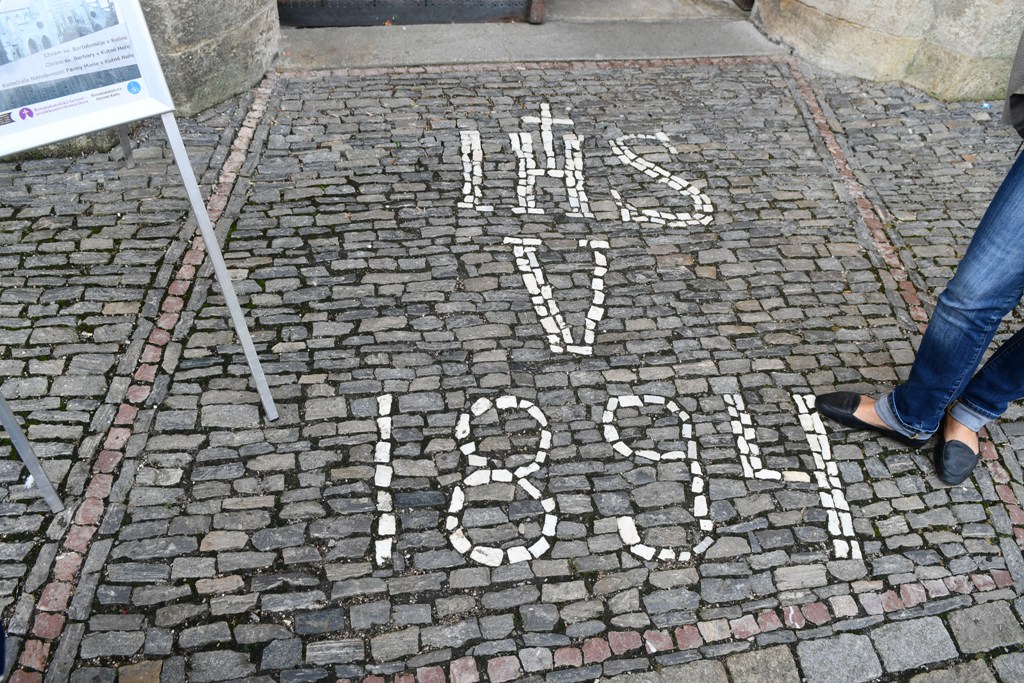
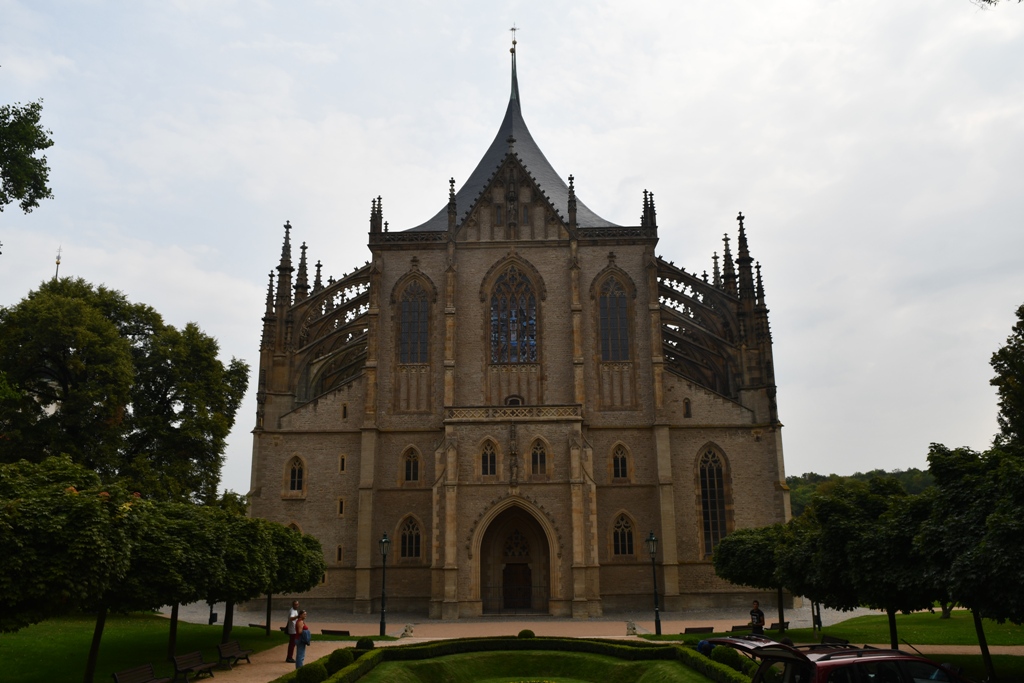
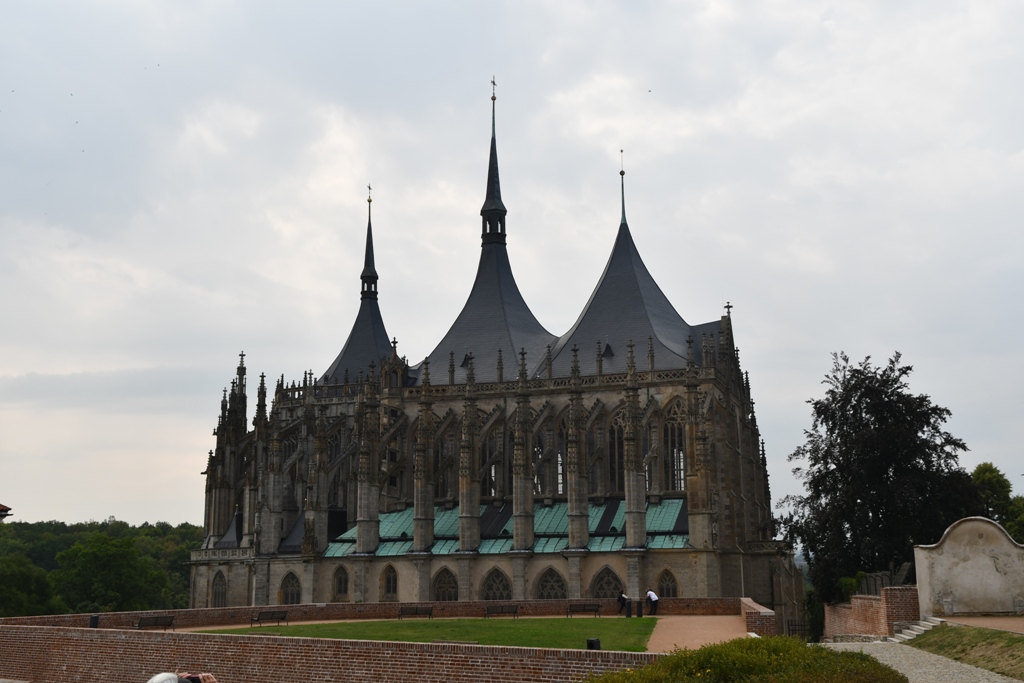
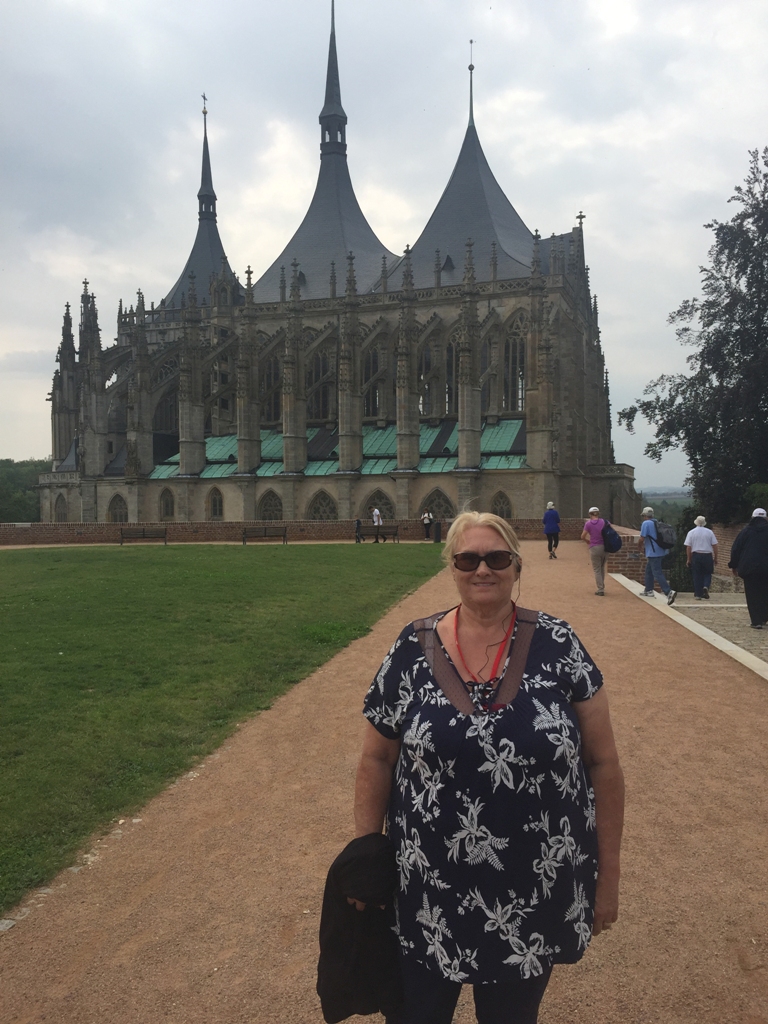
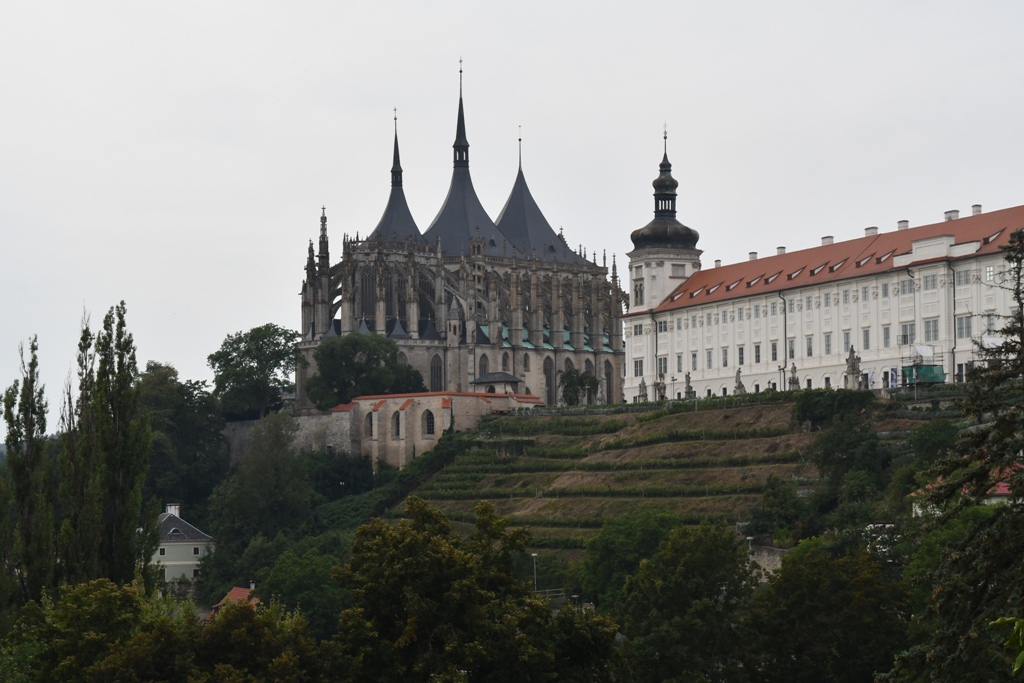
Though some original frescoes and architecture were still intact, much of what was seen today was part of a huge restoration effort during the late 1800s. Its mining connection was apparent in many features of the church. We were greeted with this statue of a miner who was believed to have been placed there as a symbol of the entrepreneurs’ revolt again the Czech King once upon a time.
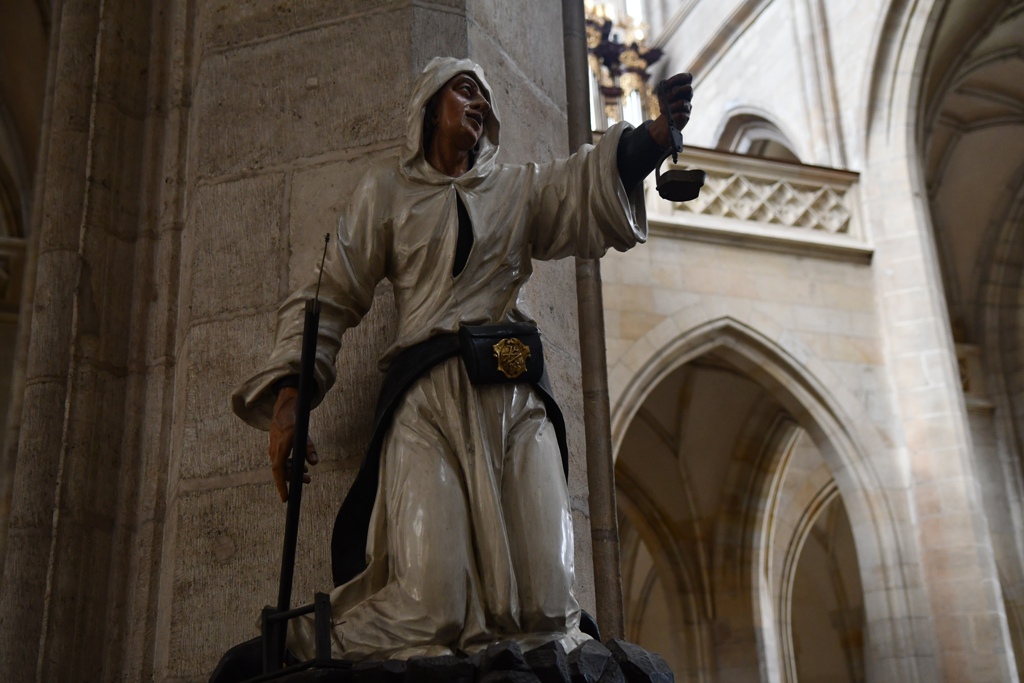
This was the gilded altar which was not as ornate as other churches but the details of biblical scenes were remarkable. The Last Supper with Christ was the center of the piece.

The acoustics here must be incredible. The church holds organ concerts which I’m sure sounds heavenly especially with instruments that looked like this piece.
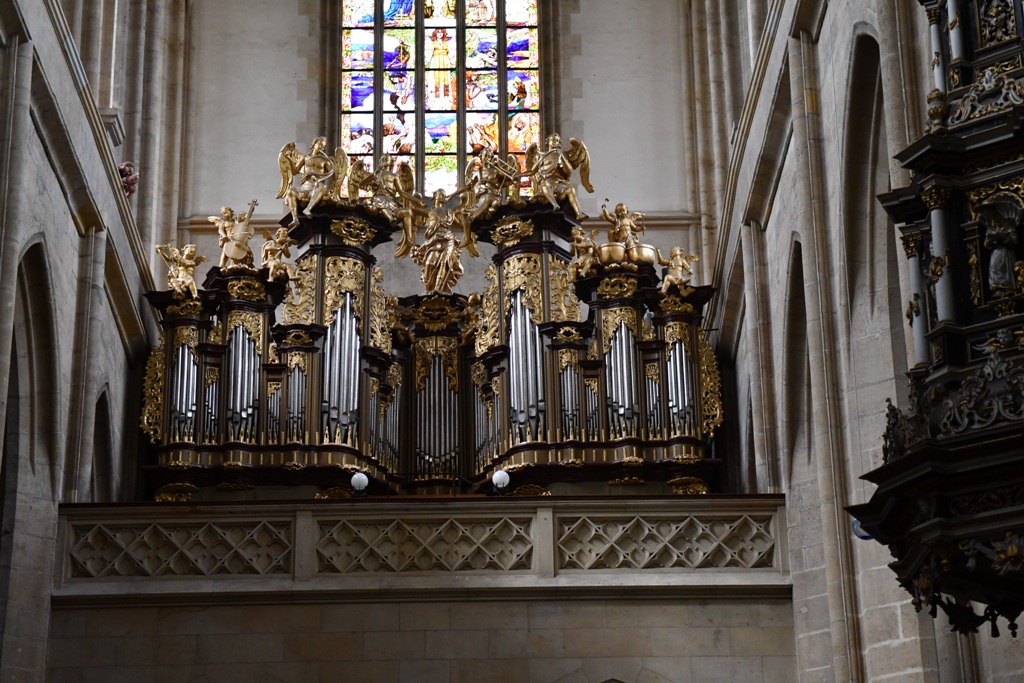
Our tour guide mentioned that it was not normal that an elephant be depicted in drawings/paintings as in this one.
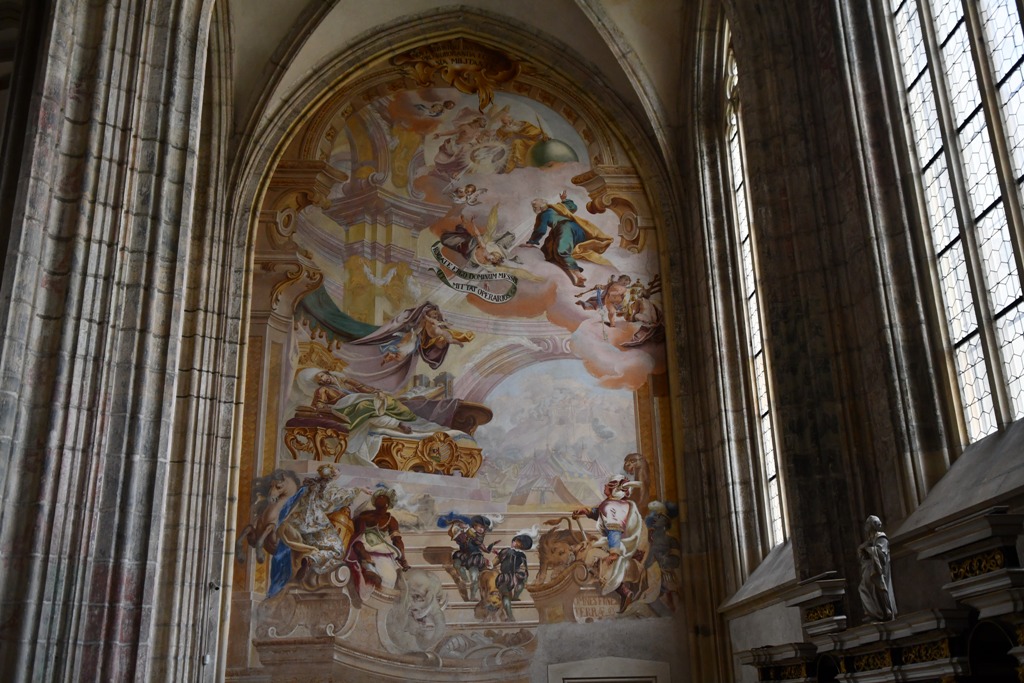
The building was ensured by the Prague building works during 1330 - 1420 and the influence of the Cistern monastery in Sedlec is apparent here. The original project counted with a two-tower church, however the second tower was never completed.
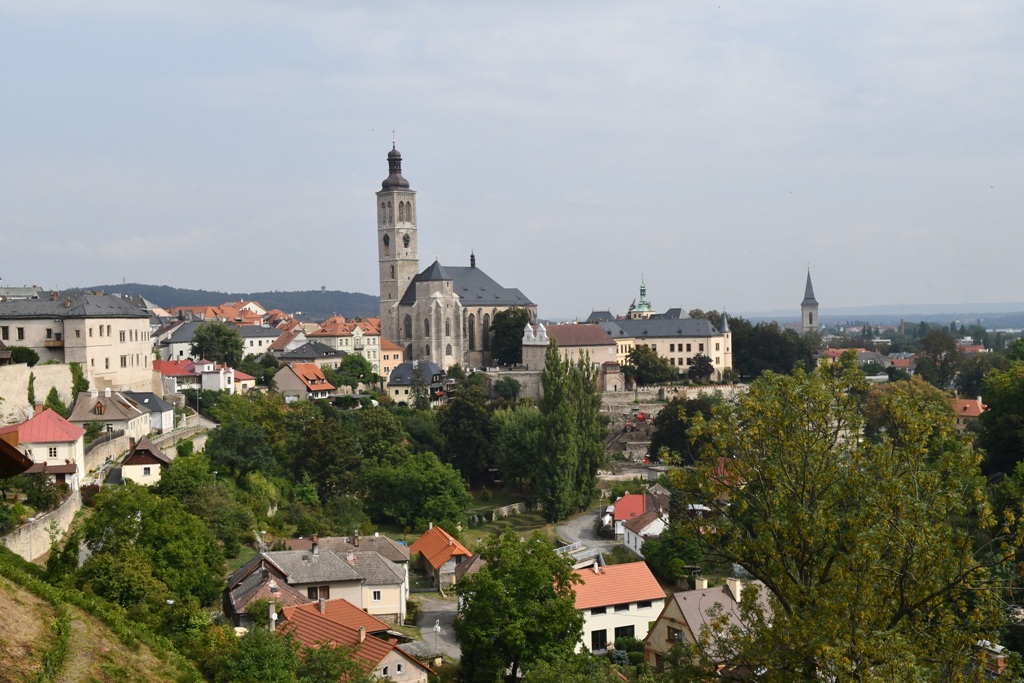
On our walk there were many statues. The interesting thing that our tour guide pointed out was that all the gold letters are roman numerals and they add up to a date. Answer is at the end of the web-page.
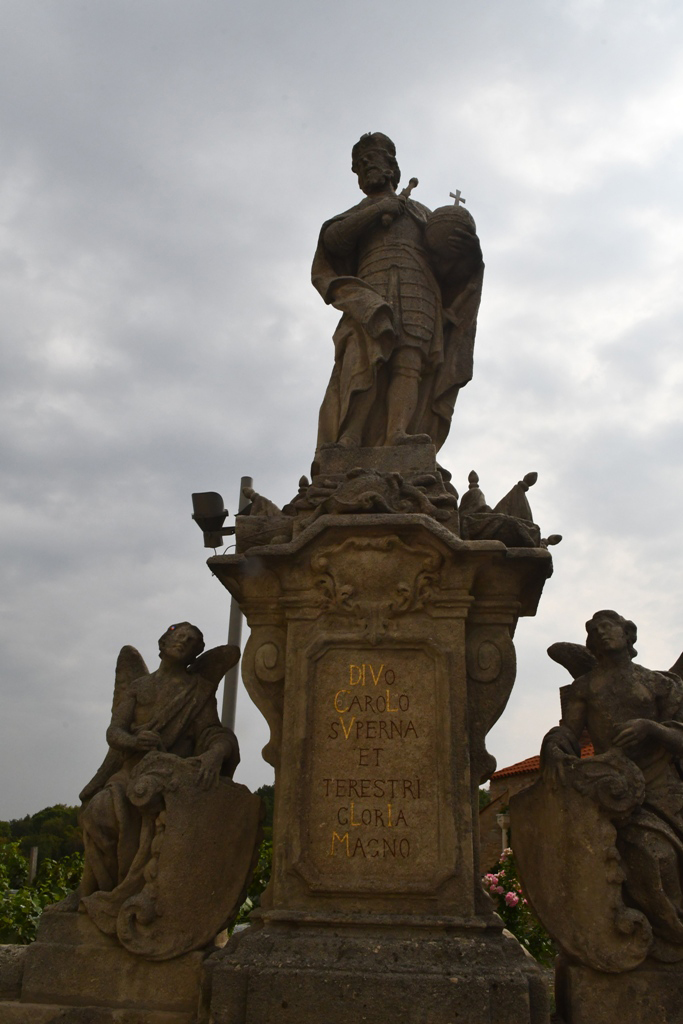
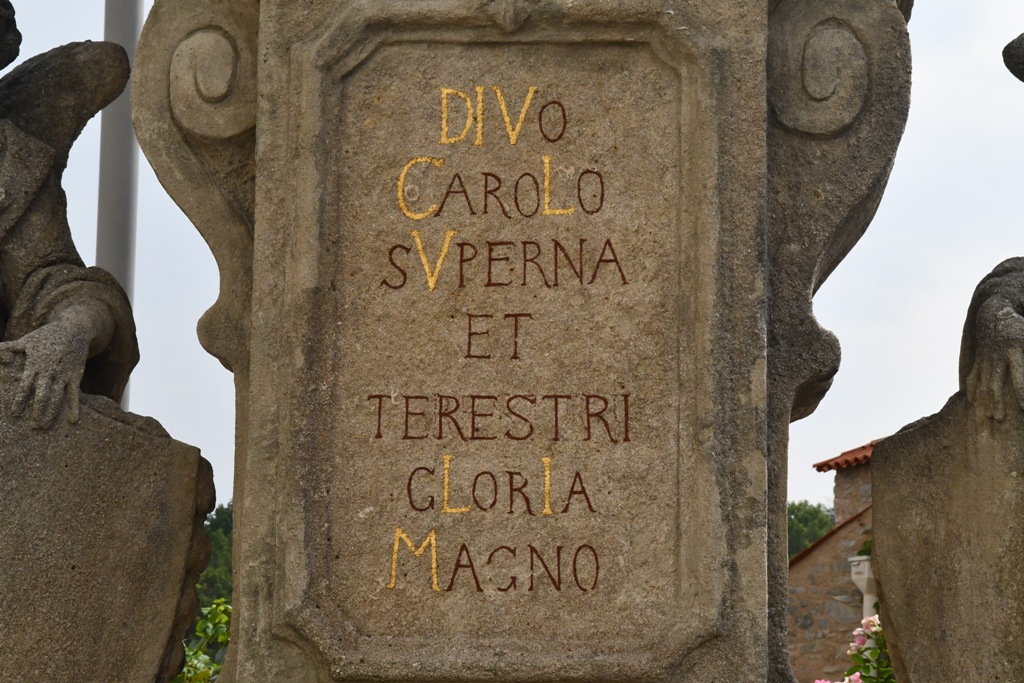
The gold crown is suppose to symbolize the Czech Kingdom
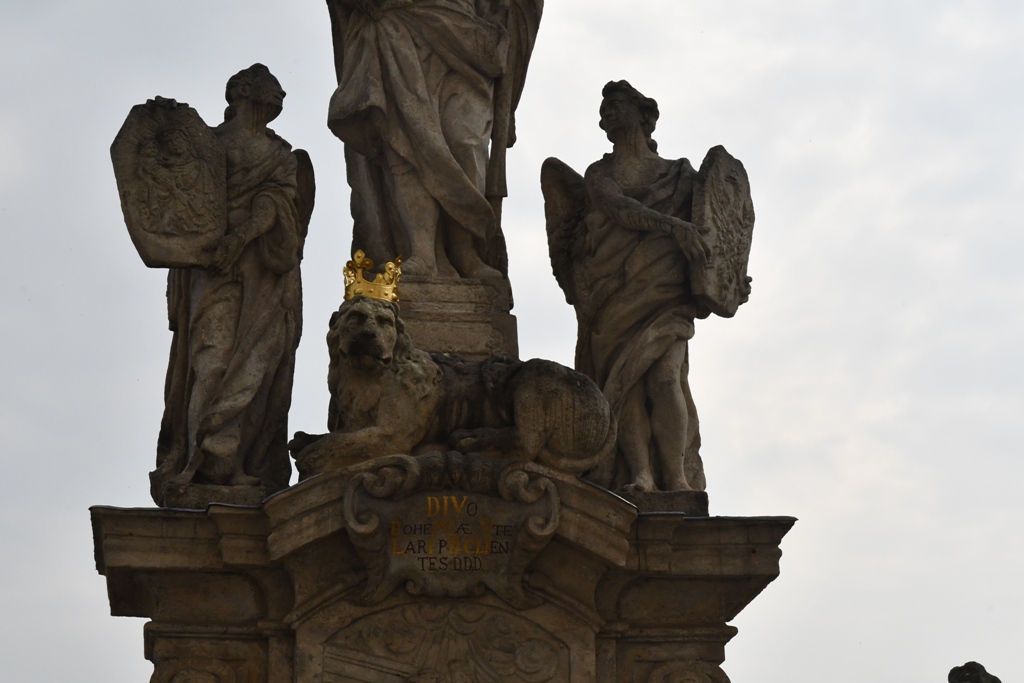
We then walked around the town a little
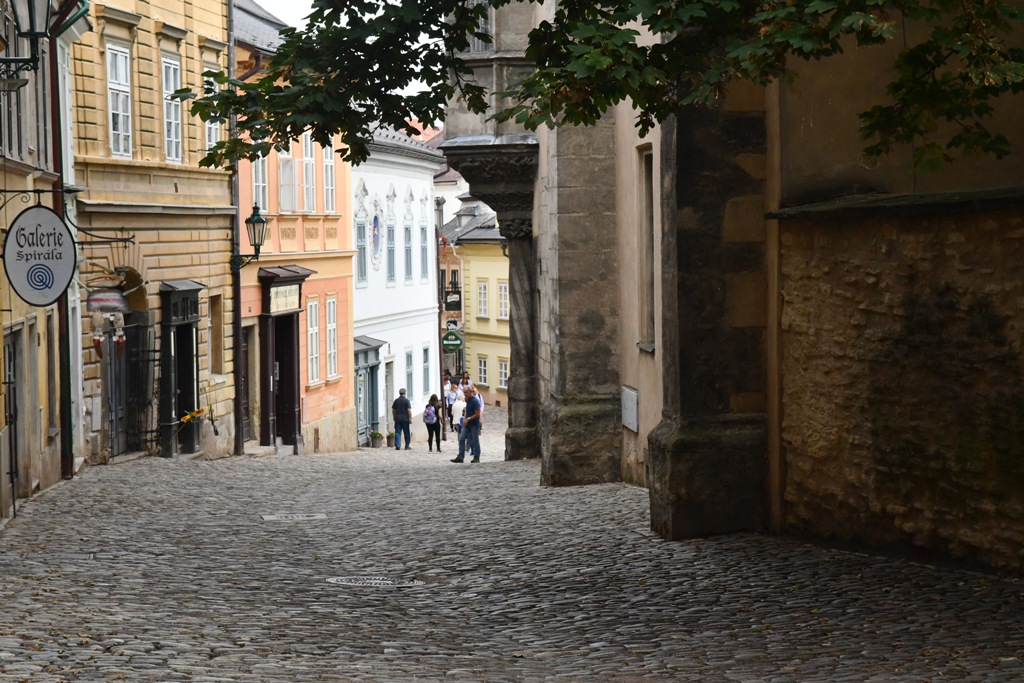
Then we got together for lunch
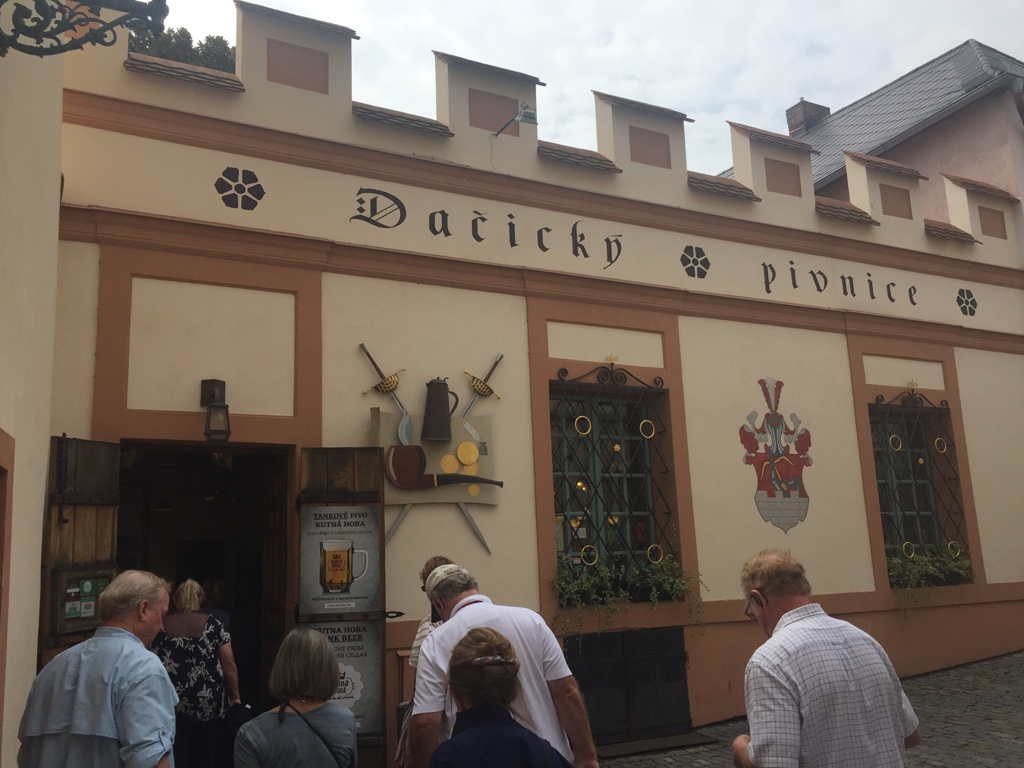
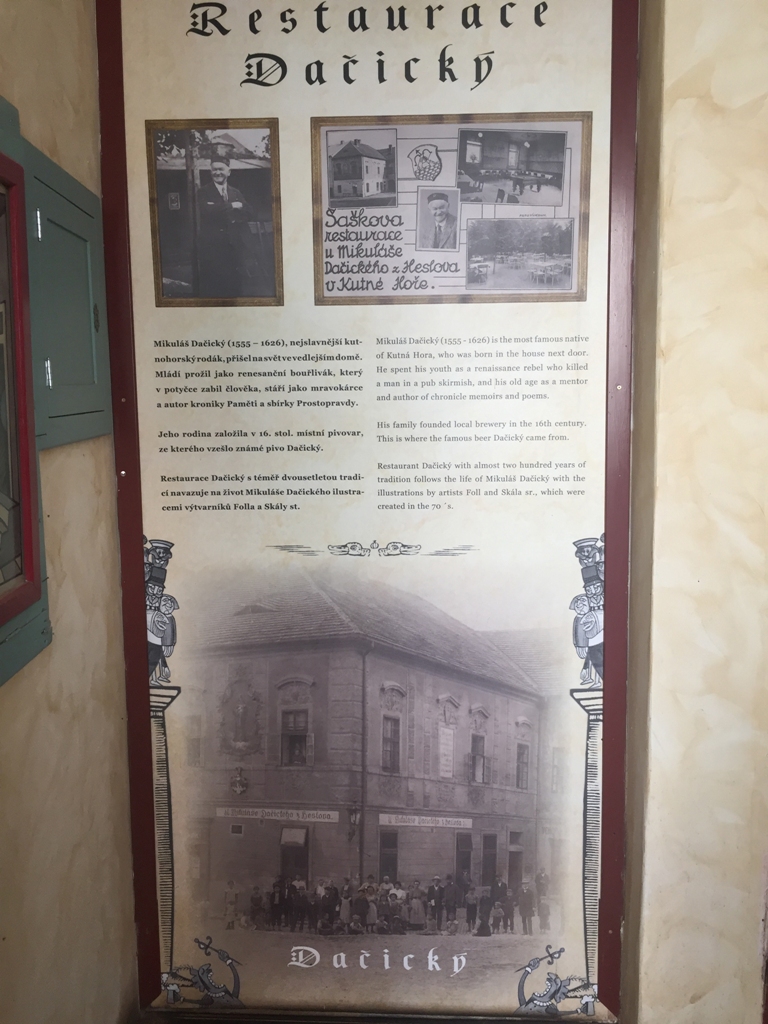
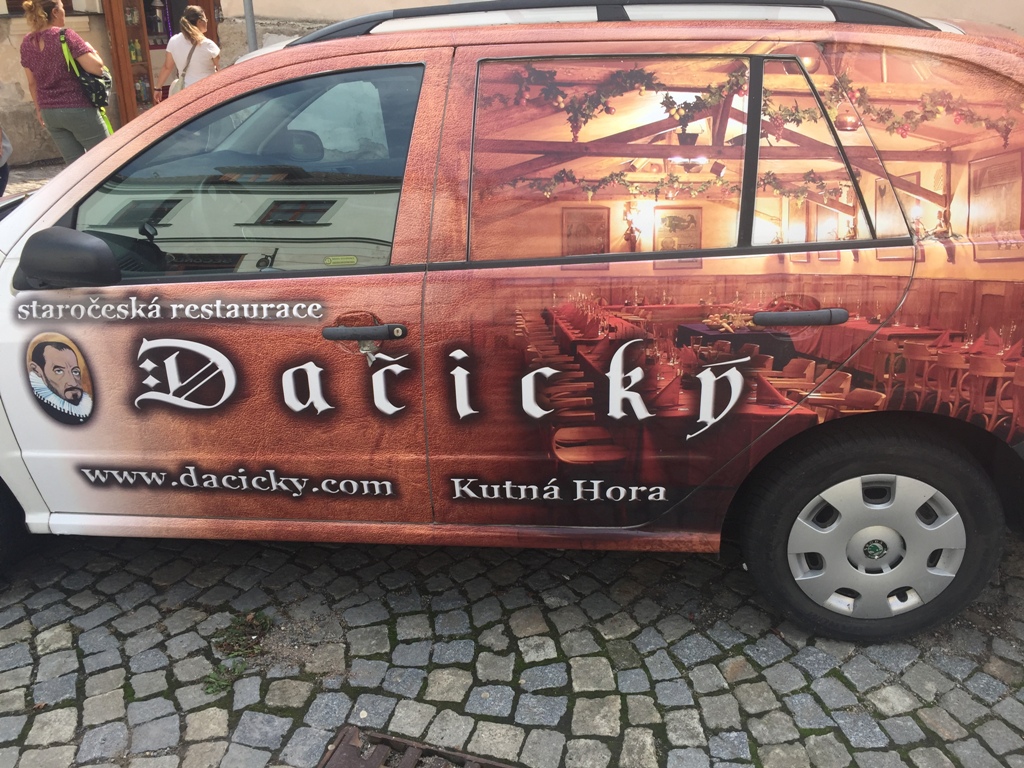
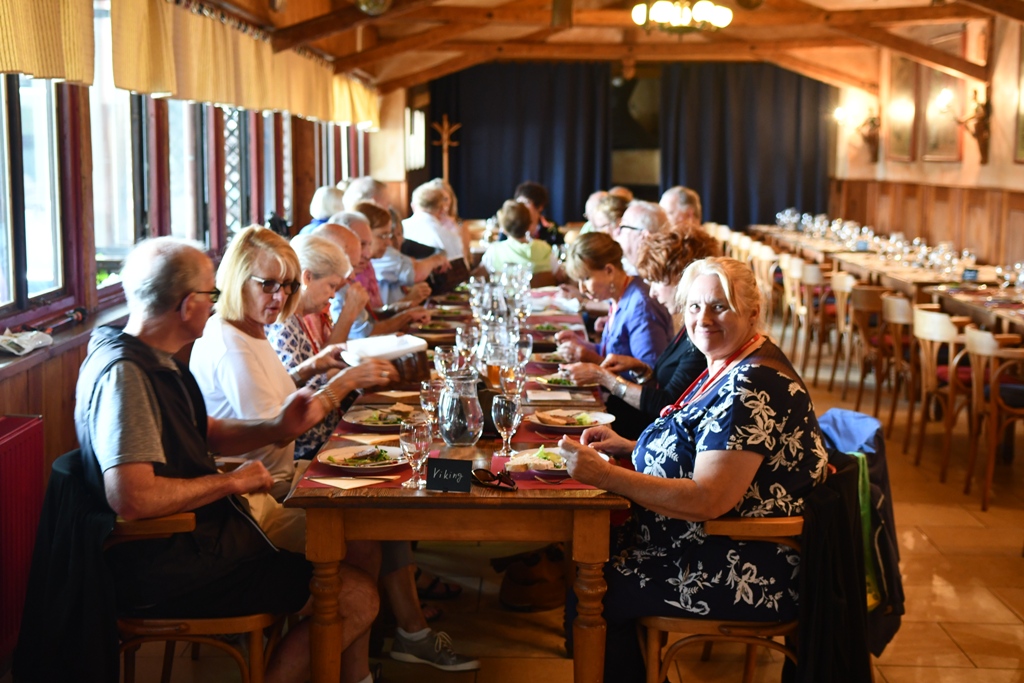
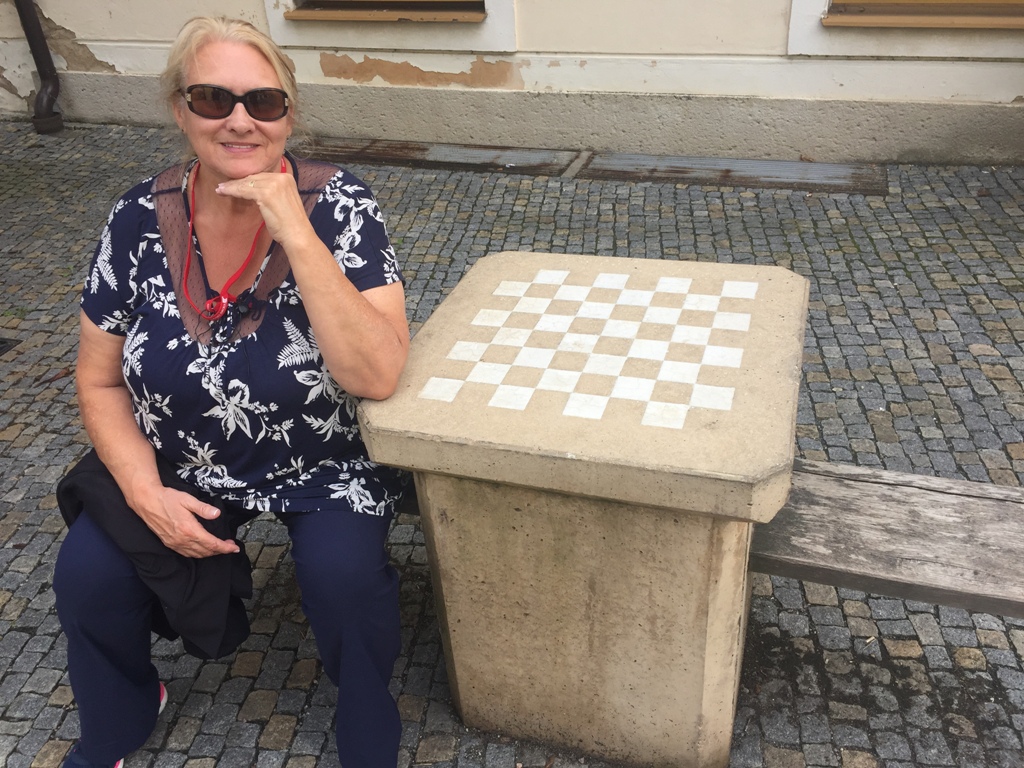
After lunch Sharon smelled some flowers...but of course
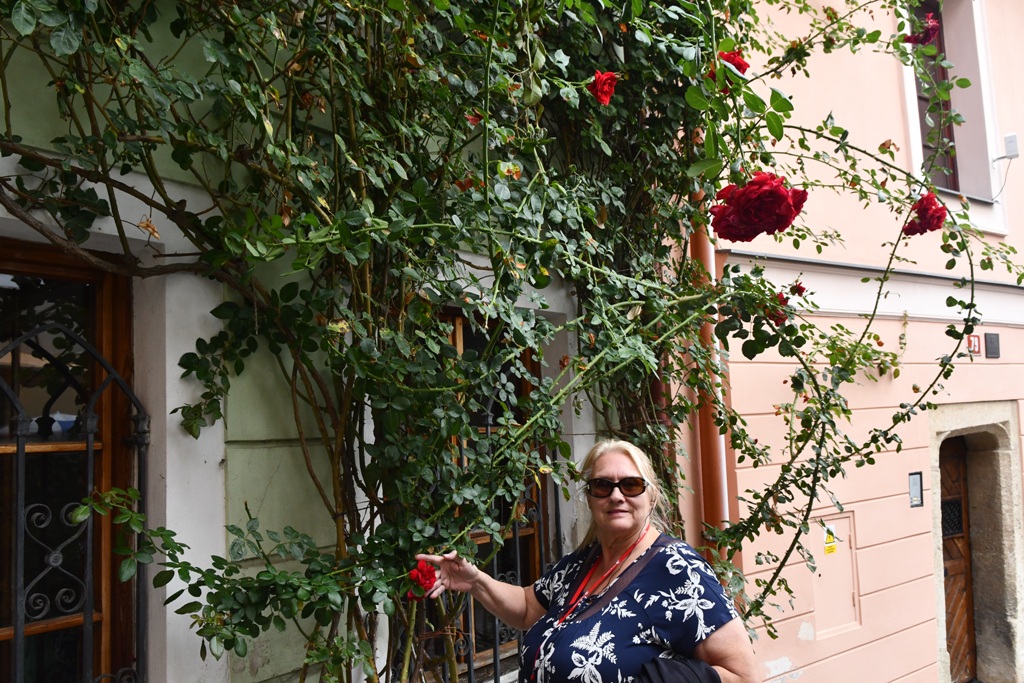
As other places, here was another monument devoted to the plague.
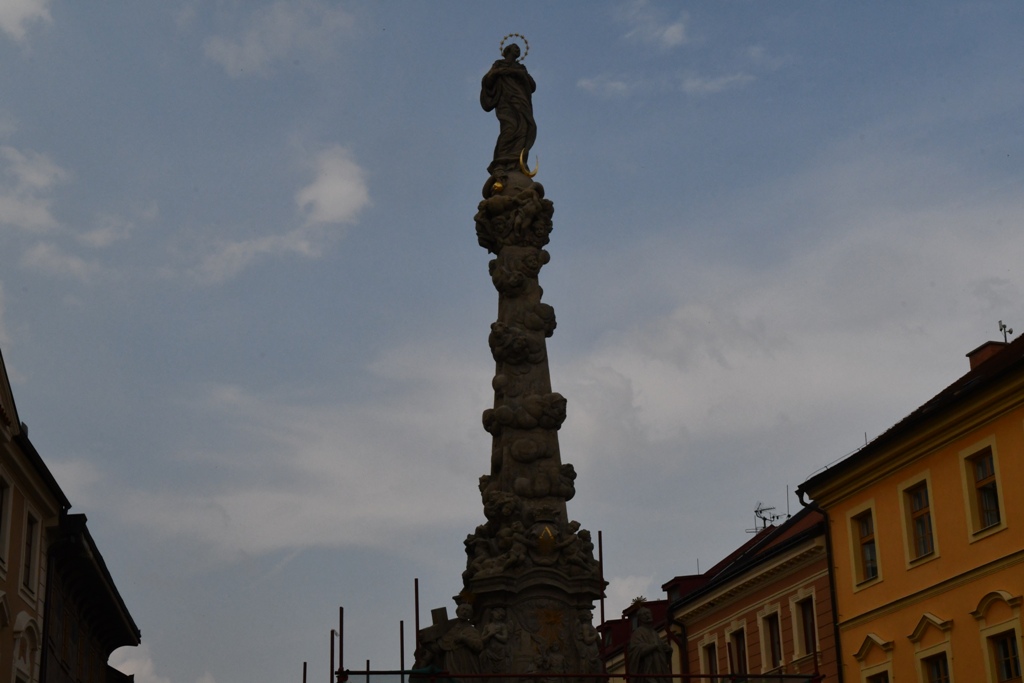
Now, of all the creepy places I have ever been this next visit ranks up there...
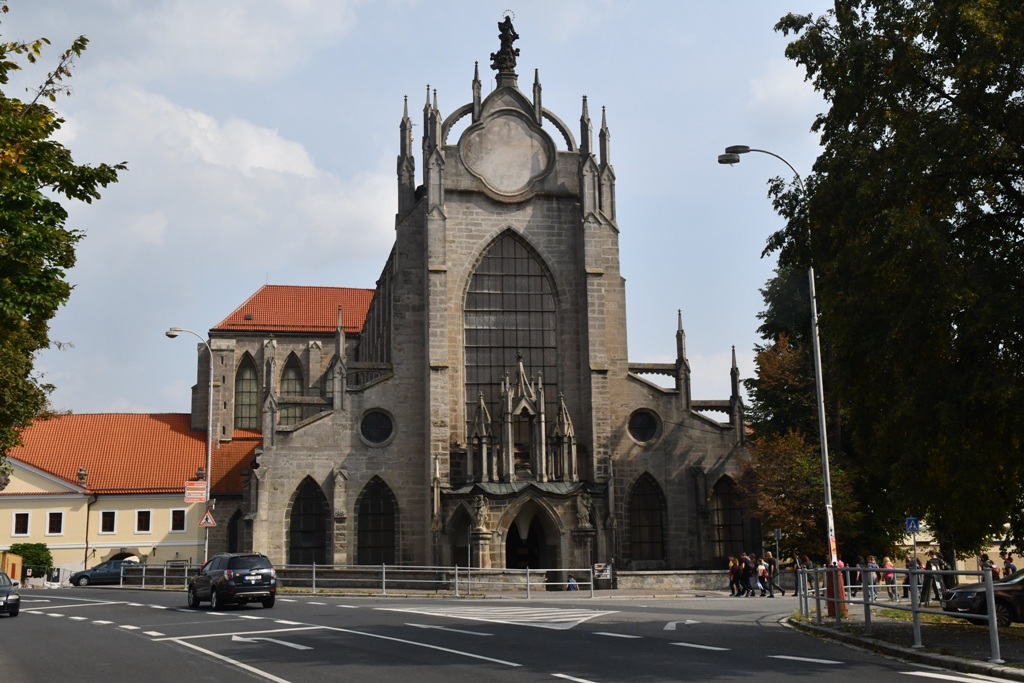
The macabre Church of Bones or Bone Church at the Kostnice Sedlec Ossuary in the Czech Republic.
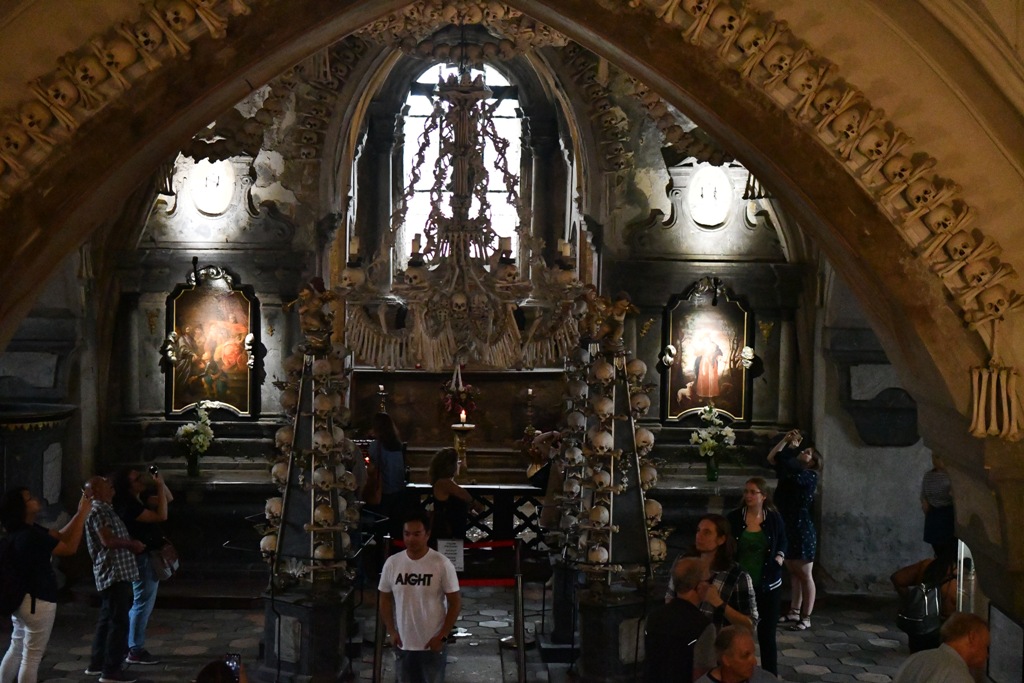
So, how did all these skeletons get here? The King of Bohemia sent the Sedlec Cistercian Monastery Abbot(Henry) to Jerusalem in 1278. The abbot brought back a jar of “holy soil” from the Church of the Holy Sepulcher, the area thought to be where Jesus was crucified at Golgotha. The soil was scattered over the cemetery. Word spread across Bohemia and surrounding countries and many wanted to be buried in the Sedlec cemetery.
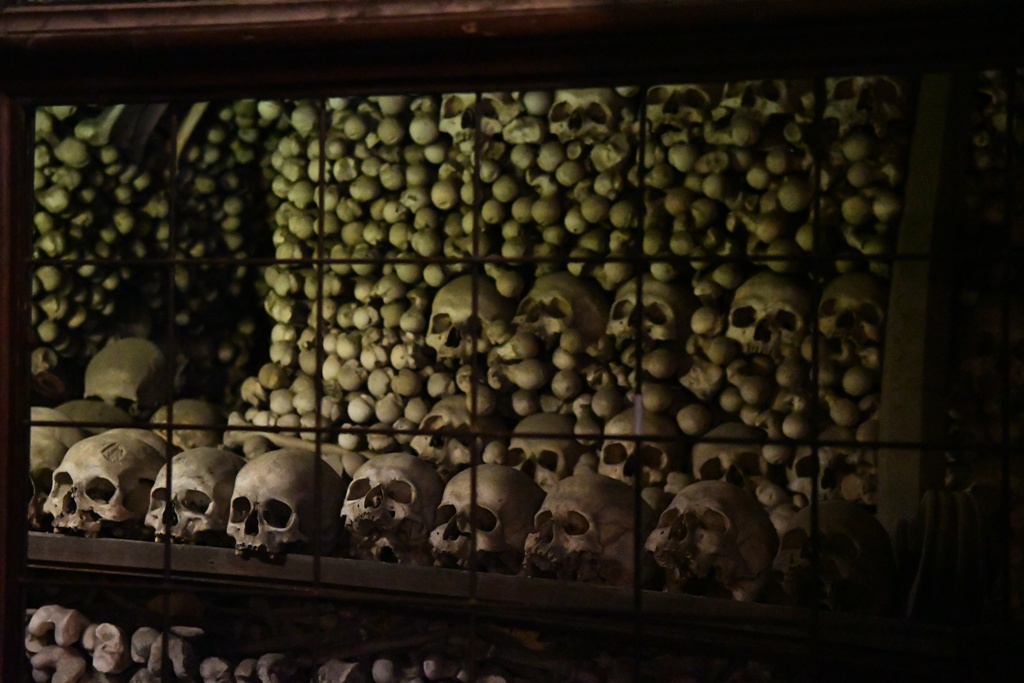
Ossuaries were sites usually used to store skeletal remains when burial space was scarce. Sedlec Ossuary was created in the basement of the Gothic church in the 15th century. Legend has it that a half-blind monk arranged the bones and skulls into the six pyramids and supposedly got his eyesight back after this task.
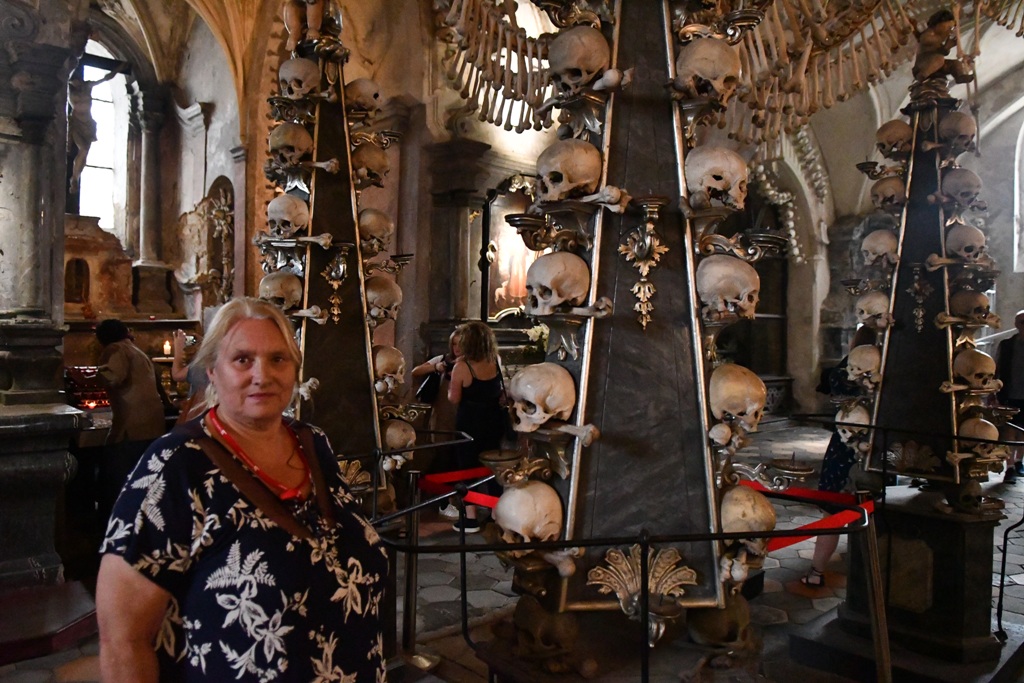
The bones remained in the ossuary for over 300 years until 1870. Frantisek Rindt ,a local woodcarver, was tasked with arranging all the bones. But, the governing body most likely didn’t expect such an artistic arrangement and spectacle. He made his mark with this bone signature found at the bottom of the staircase.
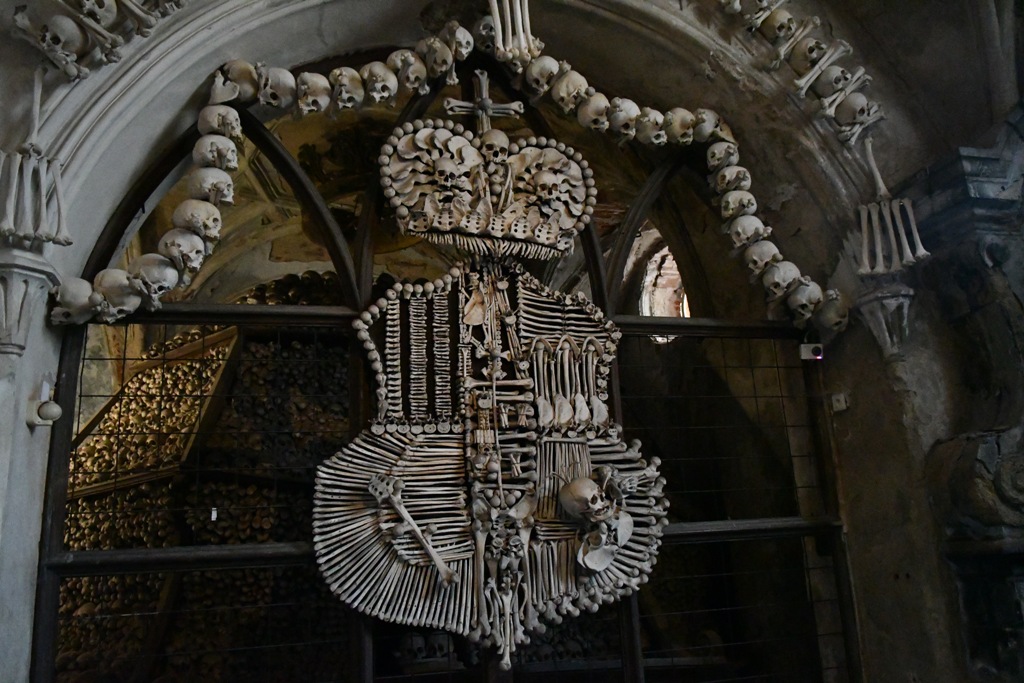
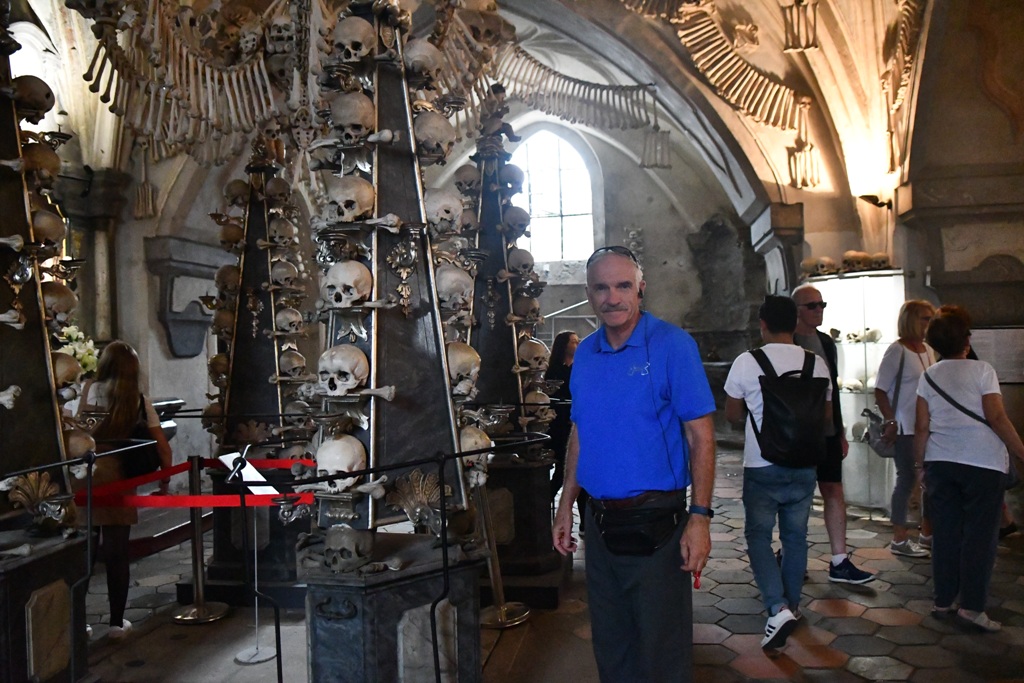
Well, back to the hotel where we had some friends who,one was Czech and the other from Montreal, both visiting Prague from Kingston. Mike is on the right and Lise is next to Sharon.
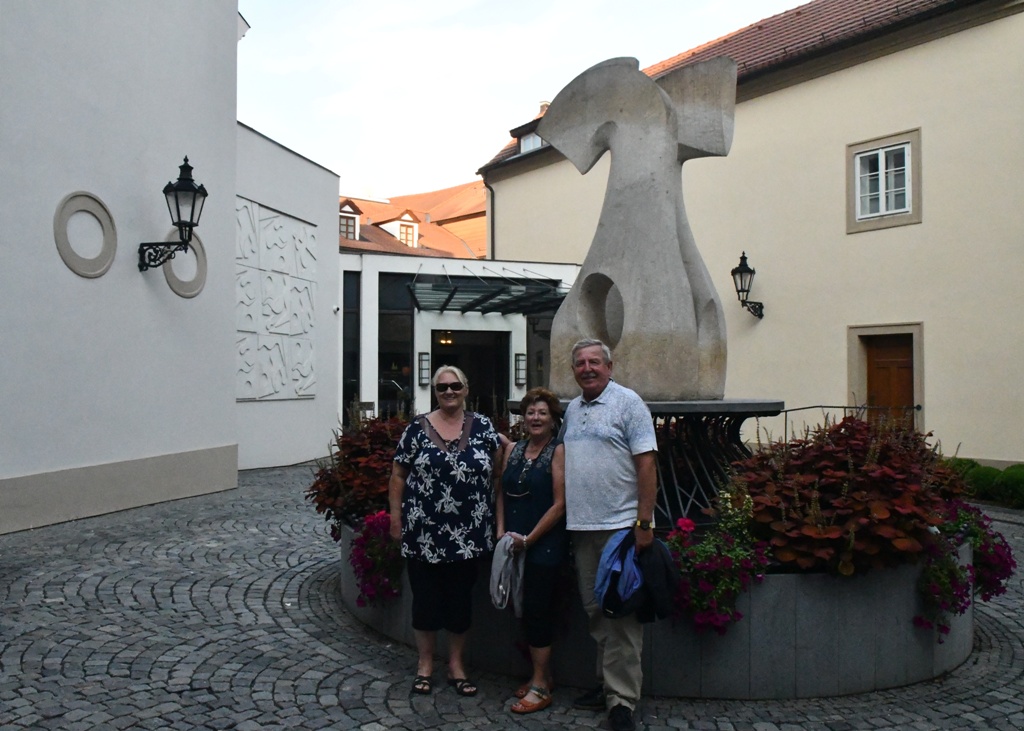
M= 1,000
D= 500
C = 100
L = 50
V = 5
I = 1
So DIVCLVLIM is suppose to equal 1705.
Back to Passage to Eastern Europe click here
